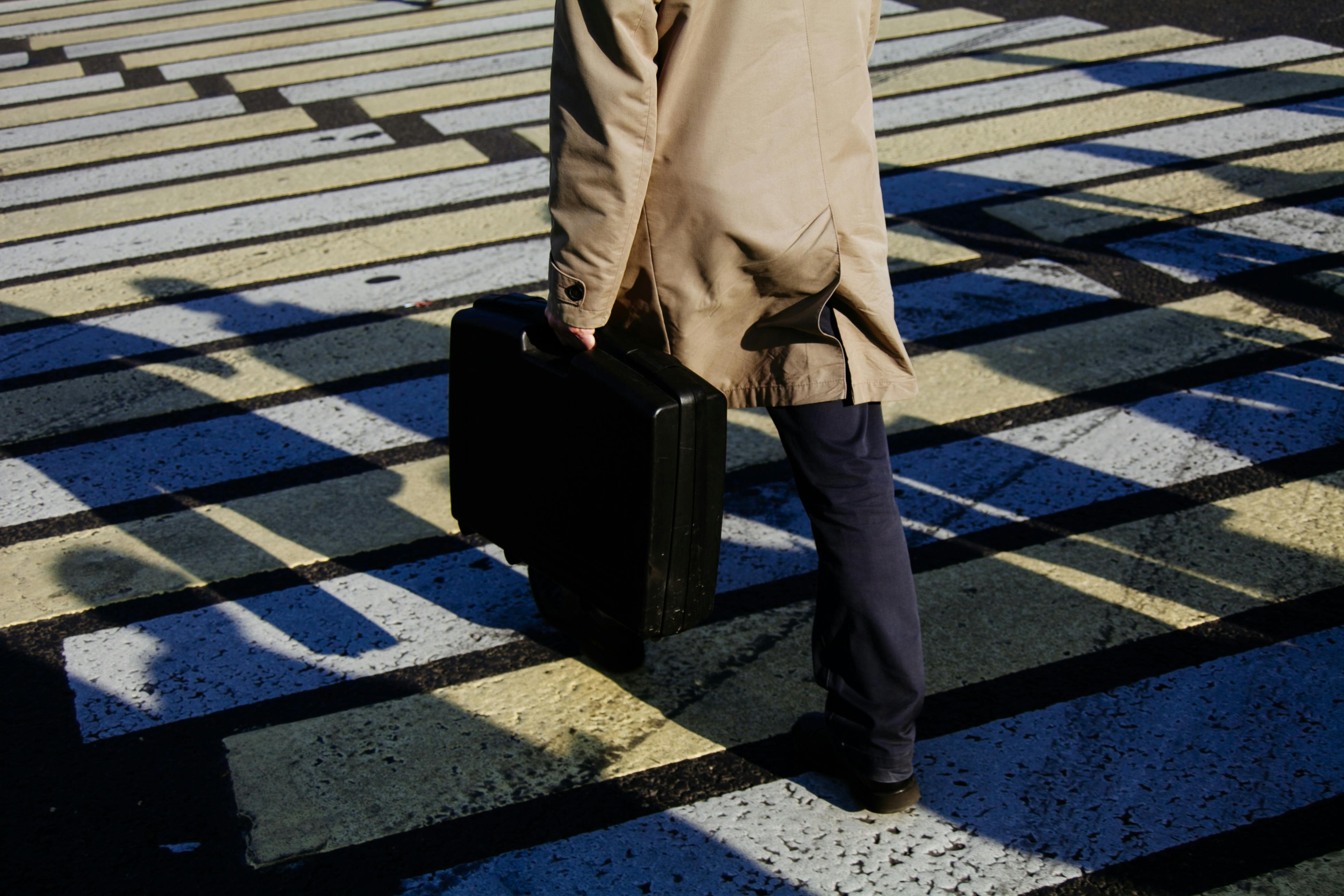Bonsai Tree Basic Information
Others may call the bonsai tree a dwarf plant, but the name literally means “potted plant” that originally came from China. The name is a combination of two words, with ‘bon’ meaning tray or plate and ‘sai’ meaning tree or plant. This makes the tray or container a home for this miniature shrub.
The first such specimens first appeared in China, more than a thousand years ago. The cultivation of these specimens of trees in pots has been considered as an expression of elements in harmony, between heaven and earth. Having one nearby is believed to bring peace and tranquility to those who care for it. Buddhist monks are the first people to cultivate them within their monasteries. The image of caring for these potted plants evolved when it came to Japan, as the cultivation of these trees has become associated with the wealthy Japanese elite and used to pose as a symbol of aristocracy, prestige, and honor. In addition to caring for their own bonsai at home, they also buy a few more to display on special occasions.
Bonsai tree types include indoor bonsai, outdoor species divided into evergreens like junipers and pines, and deciduous trees like maples, ginko, and elms, to name a few. Indoors make a great gift for beginning growers. Varieties of this type include serissa, fukien tea, sago, schefflera, aralias, brush cherry, gardenias, bougainvillea, and money tree, among others. If there are perfect species to start with, Aged Specimen is the one that can be an excellent gift for bonsai lovers.
On the other hand, outdoor species are those that can be placed outside the home such as boxwoods, azaleas, most pines and junipers. Deciduous trees are the type that lose their leaves in the fall but sprout again in the spring. Some of these types include larch, apricot, crabapple, ginkgo, maple, and other elm species.
Bonsai tree care depends on its type. For indoors, these should be taken outside, every morning to get at least four to six hours of sun exposure. You also have to water them with a controlled amount of water so that the roots do not rot. For outdoor types, these should be protected from outside pests and animals, as well as screened if necessary to avoid too cold temperatures during the winter.
As for deciduous ones, they need to be watered every other day and fertilized every few weeks with little exposure to direct sunlight, especially during the winter months.
Generally, these plants need to be moved to another pot after one or two years, to trim the roots and let the rest of the smaller ones grow. It is also important to place them in a container that has holes on the sides to let excess water flow out and keep the soil well hydrated. Keep bonsai out of sunlight between the brightest hours, 11 am to 2 pm Too much sun exposure can dehydrate the plant and eventually kill these trees. In essence, caring for it involves balancing light, heat, moisture, fertilizers, and water supply. This is where you have the bonsai around again as a symbol of balance, calm and tranquility in the house.
